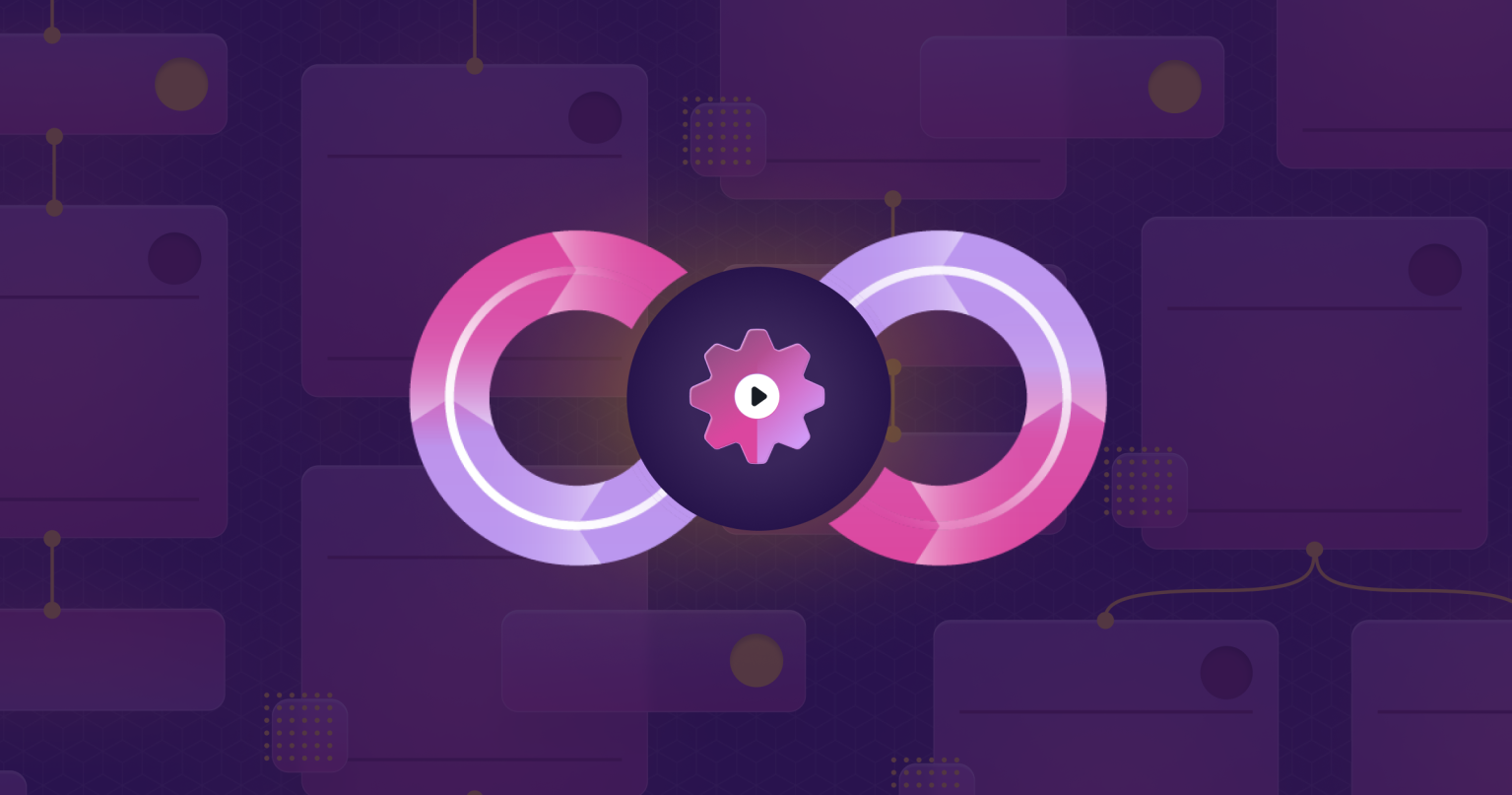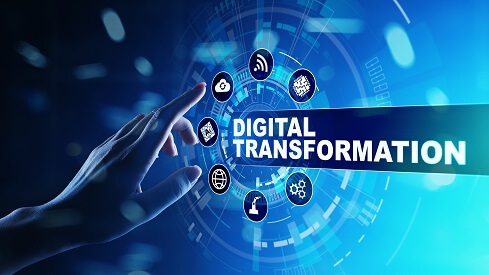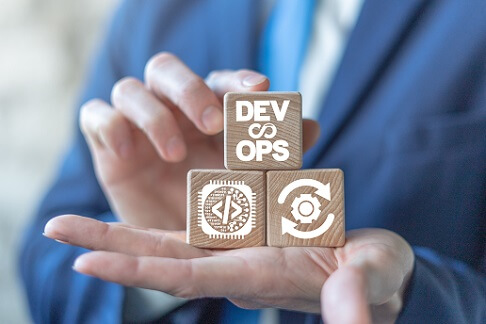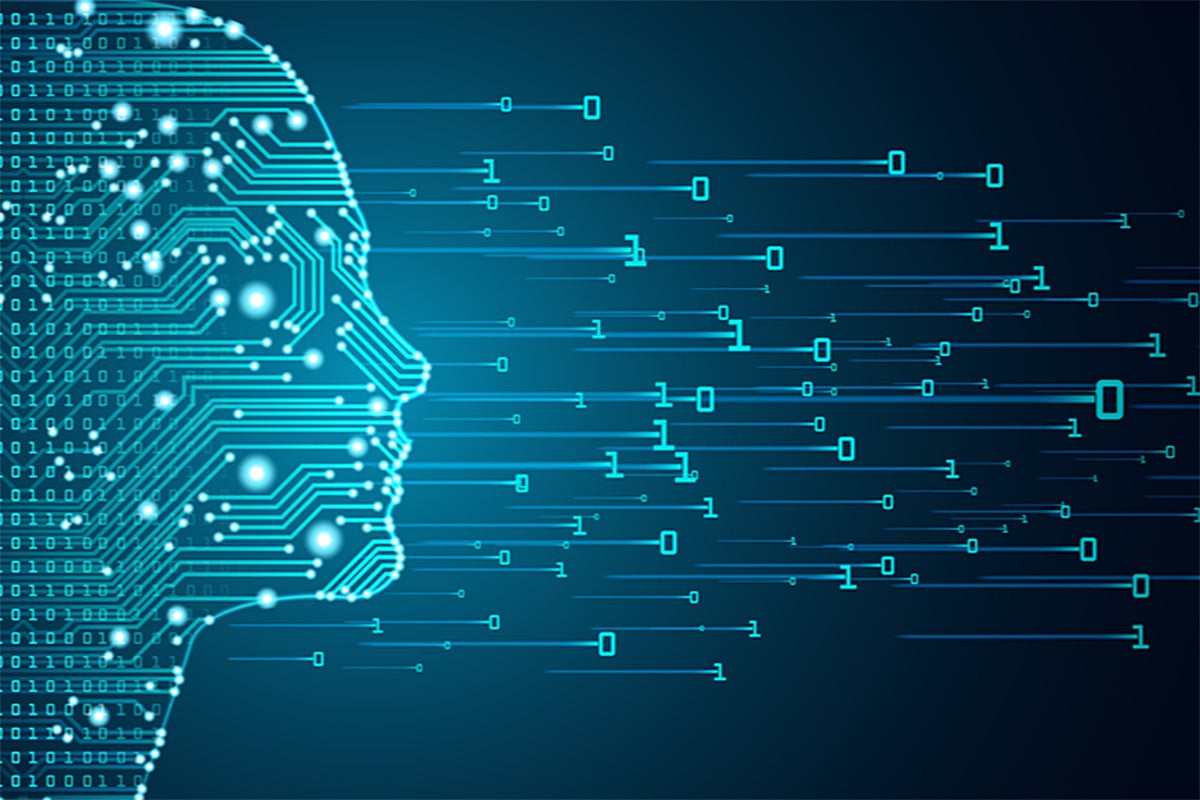Six frightening data stories that will give you nightmares

Acarophobia is a fear of tiny, crawling, parasitic insects; apiphobia is a
fear of bees; and arachnophobia, a fear of spiders. But what is the term for a
phobia of those beastly bugs that can bring down an entire server? This
happened at a London advertising agency! The creative team had an important
customer deadline to meet and they could no longer access their critical Adobe
illustrator data and other large creative files. The disaster recovery plan
would take two days to restore the data. One day after the job deadline. The
clock was ticking… The problem was the recovery time objective (RTO) set up
years ago, and because the longer the RTO, the lower the price, this firm
thought a shorter RTO wasn’t worth it. But don’t be fooled when it comes to
protecting your business-critical data, for there’s always a price to pay… You
have friends coming for a Halloween party and arrive home from the
supermarket, bags full of decorations, drinks, and ice, only to find that you
don’t have your house key. No doubt workers who had planned to work on some
company files only to realise they cannot access them when working from home
feel the same way, especially during this Covid-19 pandemic. Users may be
completely locked out of their data files, but more often, they face a tedious
and clunky experience to access those files.
Honeywell introduces quantum computing as a service with subscription offering

The H1 has been up and running for several months internally at Honeywell, but
has been in use by customers for about three weeks, said Uttley. Honeywell has
been working with eight enterprise customers, including DHL, Merck, and JP
Morgan Chase. Some of those customers had been working on the H0 system and
were able to easily "port over" work to the new machine, said Uttley. One
reason for the subscription is that there is still substantial hand-holding
that happens. Those windows of time include participation with the customer by
Honeywell quantum theorists, and Honeywell operations teams, who work "hand in
hand" with customers. The hands-on approach of Honeywell to customer
subscriptions makes sense given that much of the work that customers will be
doing initially is to gain a sense of trust, said Uttley. They will be seeing
what results they get from the quantum computer and matching those to the same
work on a classical computer, to validate that the quantum system produces
correct output. On top of the blocks of dedicated time, each subscriber can
get queueing time, said Uttley, where jobs are processed as capacity is
available.
JPM Coin debut marks start of blockchain’s value-driven adoption cycle

In a recent interview, JP Morgan’s global head of wholesale payments stated
that the launch of JPM Coin as well as certain other “behind the scenes moves”
prompted the banking giant to create a new business outfit called Onyx. The
unit will allow the company to spur its focus on its various ongoing
blockchain and digital currency efforts. Onyx reportedly has more than 100
staff members and has been established with the goal of commercializing JP
Morgan’s various envisioned blockchain and crypto projects, moving existing
ideas from their research and development phase to something more tangible.
When asked about their future plans and if crypto factors majorly into the
company’s upcoming scheme of things, a media relations representative for J.P.
Morgan told Cointelegraph that there are no additional announcements on top of
what was already unveiled recently. Lastly, on Oct. 28, the bank announced
that it was going to rebrand its blockchain-based Interbank Information
Network, or IIN, to “Liink” as well as introduce two new applications —
Confirm and Format — that have been developed for specific purposes of account
validation and fraud elimination for its clients. Liink will be a part of the
Onyx ecosystem and will enable participants to collaborate with one another in
a seamless fashion.
What is DevOps? with Donovan Brown
“DevOps is the union of people, process, and products to enable continuous
delivery of value to our end users.” – Donovan Brown. Why we do “DevOps” comes
down to that one big word Donovan highlights… value. Our customers want the
services we provide to them to always be available, to be reliable, and to let
them know if something is wrong. These are the same expectations we should all
take when working together to deliver the application or service our end user
will experience. By producing an environment that values a common goal amongst
our team, we can see greater productivity and success for our users. Donovan
Brown opens the “Deliver DevOps” event at the Microsoft Reactor in the UK by
taking us for a lap around Azure DevOps concluding with the announcement of a
new UK geo to store your Azure DevOps data. What is DevOps? This is a question
that seems to be constantly debated. Is it automation? Is it culture? Is
DevOps a team? Is DevOps a philosophy? All great things to ask. By looking to
DevOps, teams are able to provide the most value for their customers. In this
video, Donovan Brown, Principal DevOps Manager at Microsoft, gives us what the
Microsoft definition of DevOps in just a few minutes.
Driving remote workforce efficiency with IoT security

As with all cybersecurity issues, no “one size fits all” approach to IoT
security exists. At the core, the IoTSCF provides guidance across compliance
classes. However, it does set some specific minimum requirements for all IoT
devices. Among these security controls, the IoTSCF suggests: Having an
internal organizational member who owns and is responsible for monitoring the
security; Ensuring that this person adheres to the compliance checklist
process; Establishing a policy for interacting with internal and
third-party security researchers; Establishing processes for briefing
senior executives in the event the IoT device leads to a security
incident; Ensuring a secure notification process for notifying
partners/users; and Incorporating IoT and IoT-based security events as part of
the Security Policy. From a hardware and software perspective, the following
suggestions guide all compliance classes: Ensuring the product’s
processor system has an irrevocable hardware Secure Boot process; Enable
the Secure Boot process by default; Ensure the product prevents the
ability to load unauthenticated software and files; Ensure that devices
supporting remote software updates incorporate the ability to digitally sign
software images ...
Why 2021 will be the year of low-code

Low-code will make it to the mainstream in 2021 with 75% of development shops
adopting this platform, according to Forrester's 2021 predictions for software
development. This shift is due in part to the new working environment and
product demands caused by the COVID-19 crisis. Forrester analysts found that
"enterprises that embraced low-code platforms, digital process automation, and
collaborative work management reacted faster and more effectively than firms
relying only on traditional development." ... Forrester analysts also noted
the importance of adjusting communication habits and workflows in the new
year. The report notes that teams that had already invested in high-trust
culture, agile practices, and cloud platforms found it easier to adapt to 100%
remote work. Teams that relied on a command-and-control approach to work and
older platforms struggled to adjust to this new environment. ... This
will require sustained attention and active management to make this happen:
"Keeping developers out of endless virtual meetings while maintaining
governance will particularly challenge organizations in regulated industries,
and they will embrace value stream management as a way of maintaining
data-informed insights and collecting process metrics that enable compliance
and governance at scale."
Artificial Intelligence Is Modernizing Restaurant Industry

While technology is growing and benefiting many industries, certain industries
are still struggling to survive. One such industry experiencing the battle of
endurance amidst its peers is the restaurant business. 52% of the restaurant
proprietors have consented to the fact that high operating and food costs
appear to be the top difficulties that come their way while dealing with their
business. Restaurants can undoubtedly keep steady over everything by the
legitimate implementation of technology into their business. One such
technology which is said to have some critical impact on this industry
specialty is artificial intelligence. Almost certainly, there are various
advantages of implementing artificial intelligence in restaurants like
improved customer experience, more sales, less food wastage, and so forth. ...
The climate is an important factor in restaurant sales. Studies show that 7
out of 10 restaurants state that weather forecasts affect their sales. Perhaps
it’s bright and an ideal day to enjoy a sangria on a yard with friends, or
possibly it’s cold and desolate outside and you feel like having hot cocoa at
a cozy bistro. Regardless of whether it’s bright, shady, rainy, snowy or
hotter than expected, customers are attracted to specific foods and beverages
dependent on the conditions outside.
Flipping the Odds of Digital Transformation Success

The technology is important, but the people dimension (organization, operating
model, processes, and culture) is usually the determining factor.
Organizational inertia from deeply rooted behaviors is a big impediment.
Failure should not be an option, and yet it is the most common result. The
consequences in terms of investments of money, organizational effort, and
elapsed time are massive. Digital laggards fall behind in customer engagement,
process efficiency, and innovation. In contrast, companies that are successful
in mastering digital technologies, establishing a digital mindset, and
implementing digital ways of working can reach a new rhythm of continuous
improvement. Digital, paradoxically, is not a binary state, but one of ongoing
innovation as new waves of disruptive technologies are released to the market.
Consider, for example, artificial intelligence, blockchain, the Internet of
Things, spatial computing, and, in time, quantum computing. Unsuccessful
companies will find it extremely hard to leverage these advances, while
digital organizations will be innovating faster and pulling further away from
digital laggards—heading for that bionic future. Digital transformations can
define careers as well as companies.
SREs: Stop Asking Your Product Managers for SLOs

One of the fundamental premises of software reliability engineering is that
you should base your reliability goals—i.e., your service level objectives
(SLOs)—on the level of service that keeps your customers happy. The problem
is, defining what makes your customers happy requires communication between
software reliability engineers (SREs) and product managers (PMs) (aka business
stakeholders), and that can be a challenge. Let’s just say that SREs and PMs
have different goals and speak slightly different languages. It’s not that PMs
fail to appreciate the value that SREs bring to the table. Today, in the era
of software as a service, features such as security, reliability and data
privacy are respected as critical features of the service-product a SaaS
company delivers. Modern application users and customers of software services
care a lot about data privacy, cybersecurity and uptime; therefore, PMs care,
too. In fact, it’s not uncommon to see these features touted prominently on a
company’s website because the folks in marketing know that customers are
making purchasing decisions based on whether the company can deliver
reliability, speed, security and performance quality. So, yes, PMs do care.
How to improve the developer experience

Developers come into a software project motivated, but it doesn't take long for
that energy to get sapped. "[Onboarding] is where I feel most developers lose
their initial spurt of motivation," said Chris Hill, senior manager of software
development at T-Mobile. An inherited software project comes with immediate
barriers to productivity, such as lacking or obscure documentation and the time
a developer wastes waiting for access to the code repository and dev
environment. Once work begins, the developer must grasp what the code means, how
it delivers value and all the tools that are part of the dev cycle. "Every
[inherited project] feels like I stepped in the middle of an IKEA build cycle,
and all the parts are missing, and there are no instructions, and there's no
support line, and all the screws are stripped, and I have pressure that I should
come out with my first feature next week," Hill said. At T-Mobile, Hill
prioritizes developer experience, which is comparable to user experience but
specific to developers' work. A positive developer experience is one in which
programmers can easily access the tools or resources they need and apply their
expertise without unnecessary constraints.
Quote for the day:
"Remember teamwork begins by building trust. And the only way to do that is to overcome our need for invulnerability." -- Patrick Lencioni






































